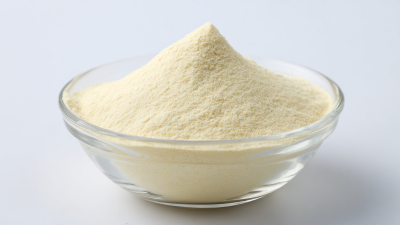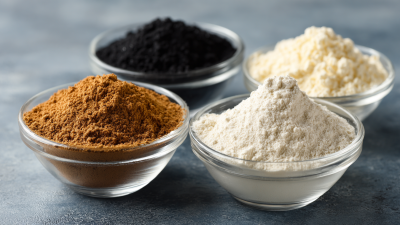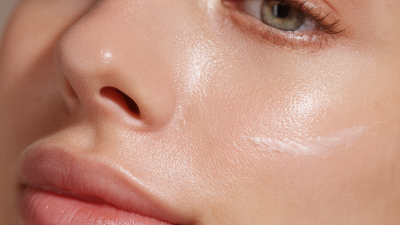Hydrolyzed Sclerotium Gum has steadily gained recognition in the formulation industry due to its multifunctional properties and suitability for various applications, particularly in personal care and food products. According to a recent market analysis by Mordor Intelligence, the global demand for natural thickeners and emulsifiers, including Hydrolyzed Sclerotium Gum, is projected to grow significantly, driven by consumer preferences for clean-label and sustainable ingredients. This biopolymer, derived from the fermentation of fungi, offers excellent thickening, stabilizing, and emulsifying characteristics, making it an ideal choice for formulators aiming to enhance texture and stability while ensuring a sensory-rich experience.
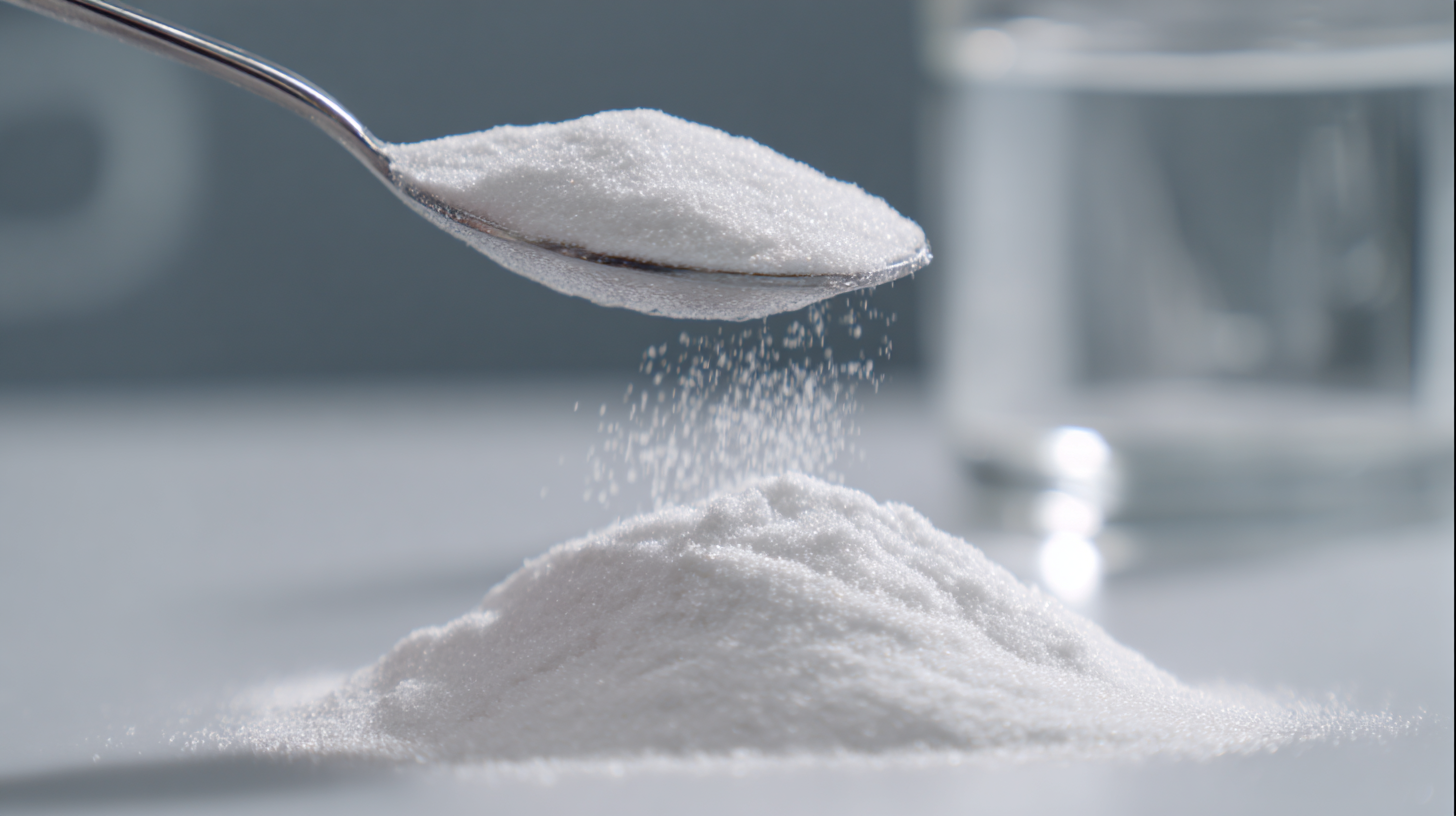
With the increasing awareness of eco-friendly ingredients, the ability of Hydrolyzed Sclerotium Gum to contribute to a product’s natural appeal makes it an essential component for future-proof formulations. Understanding how to effectively incorporate this versatile ingredient into your products can unlock new potential and align with emerging market trends.
Hydrolyzed sclerotium gum, derived from the fermentation of the sclerotium of fungi, is gaining significant traction in the cosmetic and personal care industries due to its unique properties. This natural thickener and stabilizer is particularly effective in emulsions, providing a smooth, silky texture while enhancing the overall sensory experience. According to a 2021 report by MarketsandMarkets, the global demand for hydrocolloids like hydrolyzed sclerotium gum is expected to grow at a CAGR of 6.5%, driven by consumer preferences for clean-label and natural ingredients.
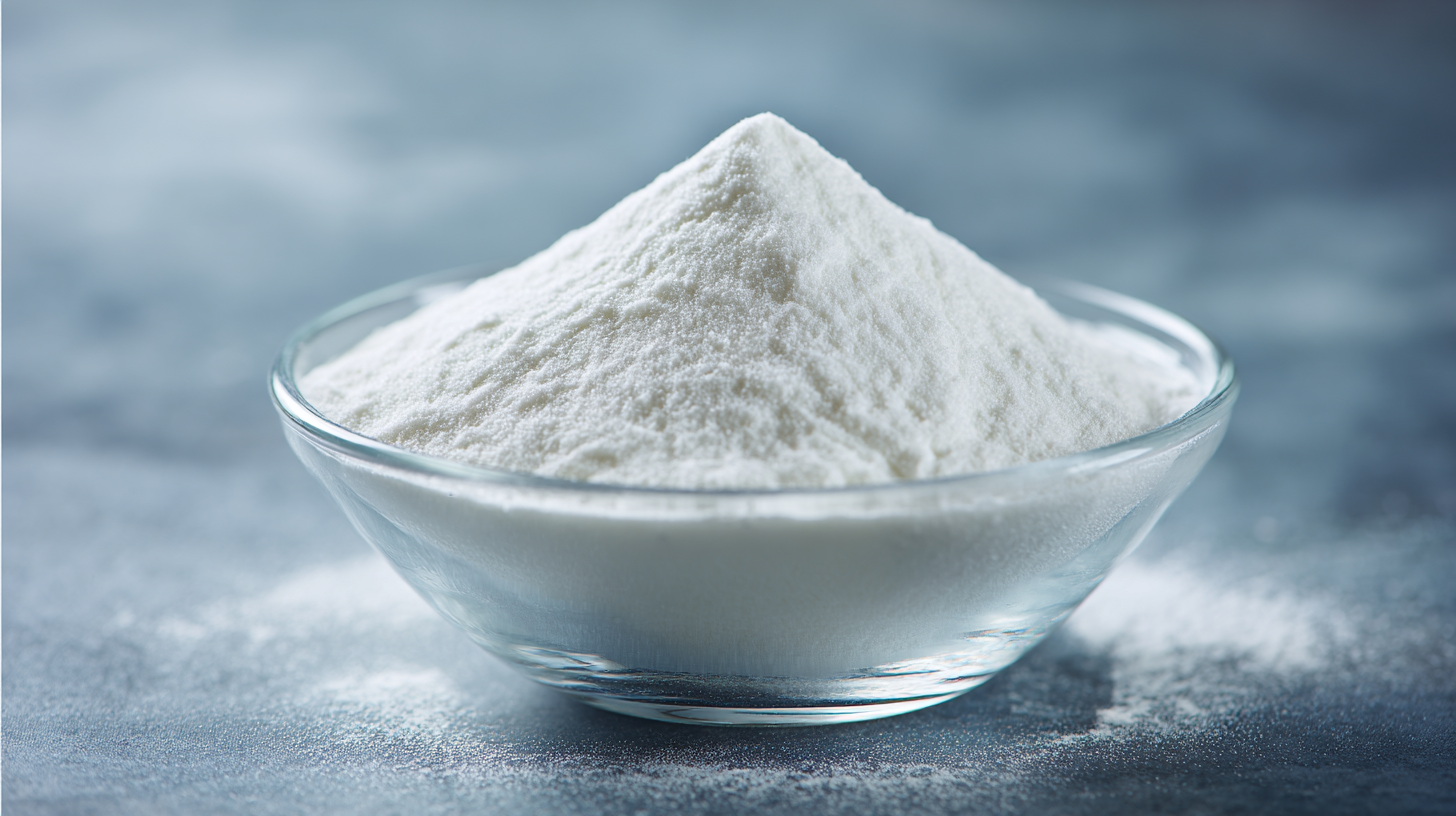
One of the standout benefits of hydrolyzed sclerotium gum is its ability to retain moisture, promoting skin hydration and preventing transepidermal water loss. A study published in the Journal of Cosmetic Science noted that formulations containing hydrolyzed sclerotium gum demonstrated a 20% improvement in moisture retention compared to those without. This characteristic makes it particularly valuable for products targeting dry or sensitive skin. Additionally, its compatibility with a wide range of ingredients allows formulators to create stable and effective products, from lotions to serums, without compromising on performance or safety.
When considering the incorporation of hydrolyzed sclerotium gum in formulations, it’s essential to identify suitable types that will effectively harness its unique properties. This natural thickening agent is particularly advantageous in skincare products, as it enhances texture and stability while providing a soft finish.
Hydrolyzed sclerotium gum is especially beneficial in water-based formulations, such as serums and gels, where its hydrating qualities can be maximized. These formulations often appeal to consumers looking for lightweight yet effective skincare solutions.
Moreover, hydrolyzed sclerotium gum can serve as an excellent component in emulsions, where it helps to improve the viscosity and create a more luxurious feel. This is particularly relevant when developing products aimed at moisture retention, such as creams and lotions. By combining hydrolyzed sclerotium gum with various active ingredients, formulators can create synergistic blends that enhance overall efficacy, resulting in products that cater to diverse skin types and concerns.
Properly identifying the formulation type not only optimizes the benefits of hydrolyzed sclerotium gum but also contributes to the overall success of the product in the competitive skincare market.
When incorporating hydrolyzed sclerotium gum into your formulations, optimal mixing techniques are crucial for achieving the desired texture and viscosity. Research shows that hydrolyzed sclerotium gum can provide exceptional thickening and stabilizing properties, making it an excellent choice for products ranging from cosmetics to food applications. According to industry reports, a 1-2% concentration of hydrolyzed sclerotium gum can improve the sensory feel of cosmetic formulations, while also enhancing product stability.
Tip 1: Always hydrate the hydrolyzed sclerotium gum thoroughly before adding it to your formulation. This can be achieved by dispersing the gum in water and allowing it to sit for 15-30 minutes. This ensures a homogeneous mixture and prevents clumping, allowing for a smoother consistency in the final product.
Tip 2: Utilize a high-shear mixer if you are working with a larger batch size. This equipment helps to uniformly distribute the hydrolyzed sclerotium gum throughout the formulation, promoting a consistent texture. Additionally, consider adding the gum slowly to the liquid phase while mixing to avoid creating air bubbles, which can negatively impact the final product's performance.
Tip 3: For formulations containing oils or emulsions, pre-mixing the hydrolyzed sclerotium gum with a small portion of the oils can enhance emulsification. This technique allows for better incorporation and ensures that the thickening agent works effectively across various phases of your formulation, achieving a desired viscosity profile.
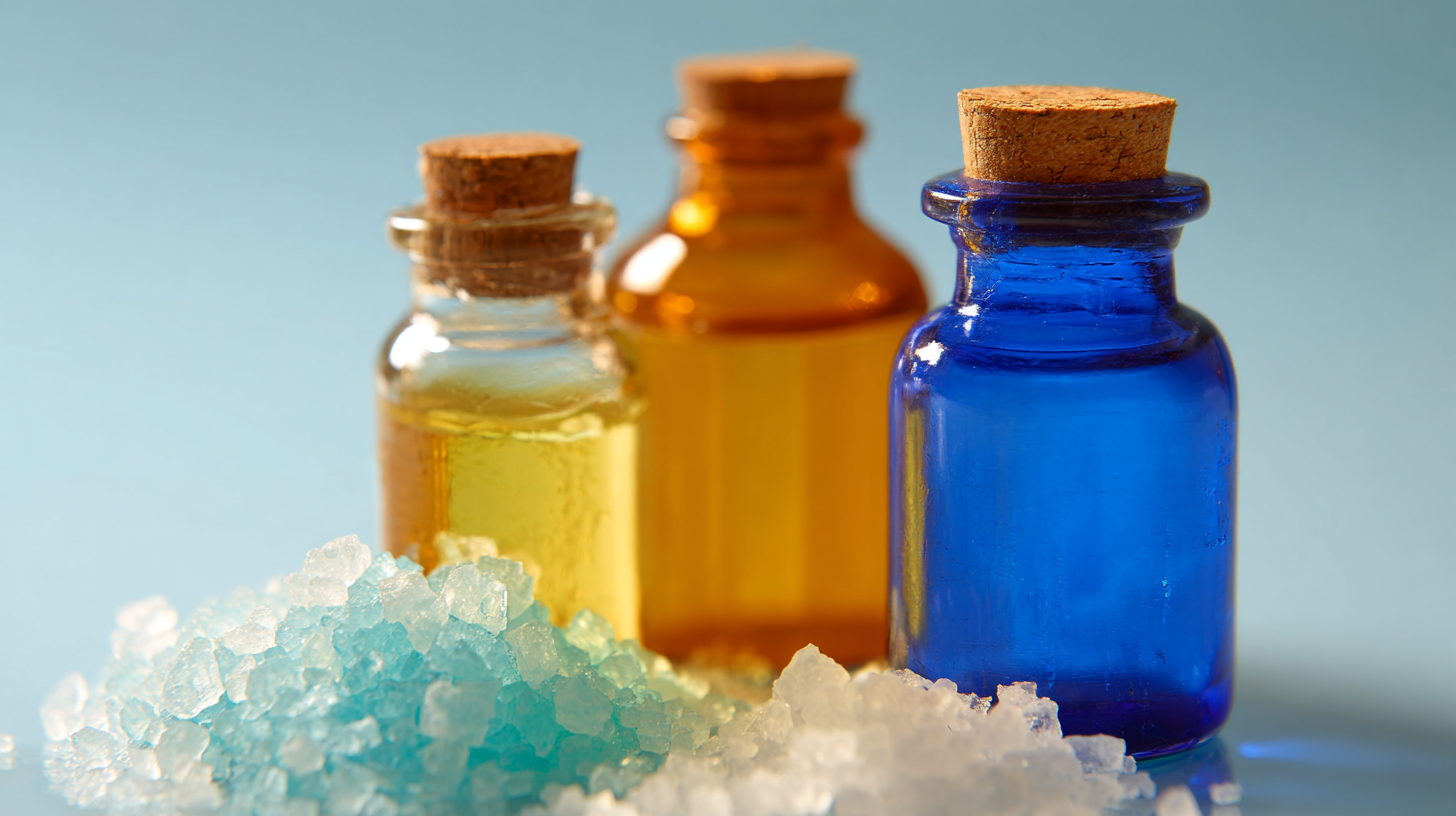
When incorporating hydrolyzed sclerotium gum into formulations, evaluating the stability of these mixtures is crucial for ensuring product efficacy and shelf life. According to the "Journal of Cosmetic Science," hydrolyzed sclerotium gum offers excellent emulsifying properties and helps stabilize formulations against phase separation. It is essential to conduct rigorous stability testing under various conditions, such as different temperatures and pH levels, to determine the gum's interaction with other formulation ingredients. Industry reports indicate that formulations containing hydrolyzed sclerotium gum can maintain stability greater than 90% over a temperature range of 25-40°C.
In addition to thermal stability, evaluating the shear stability of the formulations is vital, especially for products subjected to mechanical stress during processing and application. A study published in "International Journal of Cosmetic Science" revealed that samples featuring hydrolyzed sclerotium gum exhibited significantly lower viscosity changes when subjected to high shear conditions compared to those without. This characteristic ensures that the product remains user-friendly and maintains its intended performance, highlighting the importance of stability testing in formulation development.
When utilizing hydrolyzed sclerotium gum in formulations, adjusting formulation parameters is crucial for enhancing performance. The unique properties of hydrolyzed sclerotium gum, such as its thickening and stabilizing capabilities, can be optimized by manipulating pH, temperature, and concentration. For example, creating an optimal pH environment can significantly affect the viscosity and stability of the final product, making it imperative to conduct experiments to identify the best conditions for specific applications.
Moreover, recent studies highlight the effectiveness of combining hydrolyzed sclerotium gum with other natural polymers to improve overall formulation performance. For instance, when blended with polymers like xanthan gum, which has demonstrated potential in applications such as functional textiles, the combined formulations showcase enhanced skin hydration and stability. With the growing trend towards eco-friendly, sustainable materials in formulation development, integrating hydrolyzed sclerotium gum with other biopolymers could provide innovative solutions that align with market demand for non-toxic and biodegradable products.
This chart illustrates the impact of various percentages of Hydrolyzed Sclerotium Gum on the viscosity and stability of formulations. The data reflects experimental findings on how adjusting the concentration can enhance performance in cosmetic products.
